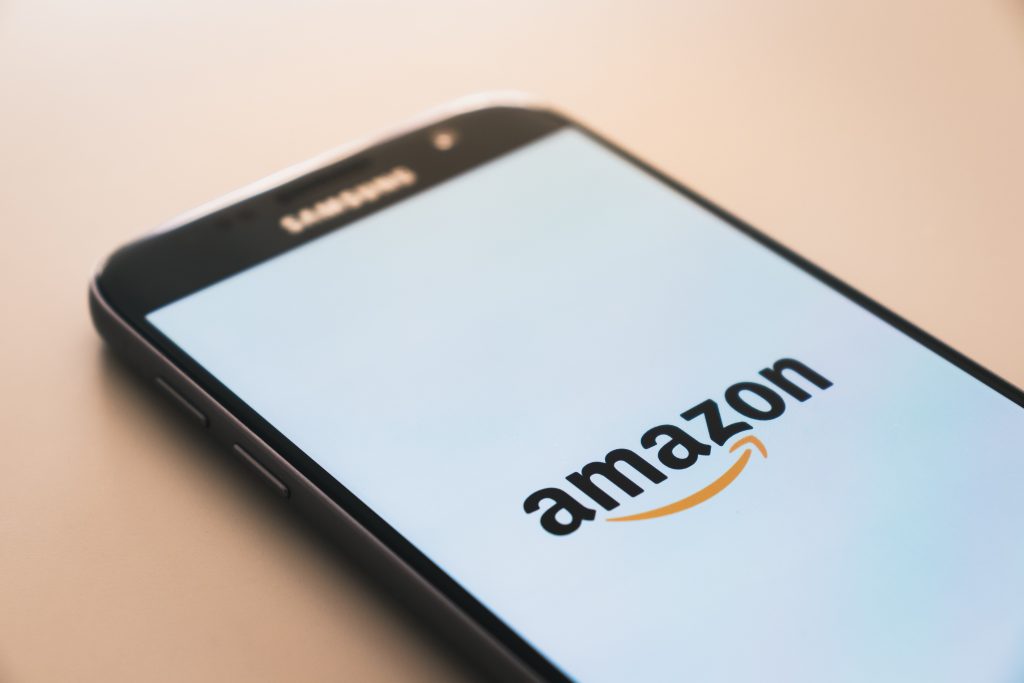The Covid-19 pandemic has accelerated the prevalence of technologyin our lives. But with greater access to technologycome both positives and negatives. The greater reliance on technology has created vulnerabilities for data to be used to spread misinformation and create societal divides. That’s where digital justice comes in.
Alberto Giovanni Busetto, Group SVP, Head of Data and AI, Adecco Group, and member of the WEF Global Future Council on Data Policy 2021, explains more about digital justice, especially in light of the pandemic, and how governments and companies alike can help fight for digital justice.
What is digital justice?
Digital justice, in the corrective sense, concerns the rectification of data-driven harms that have already been done to an individual or a group. Injustices occur, for example, when the extent of harms is underappreciated or unnoticed, when there is no accountability or no effective pathways for redressing harm. In its broadest sense, digital justice also deals with prevention, retroactive identification of harms, allocation of responsibility, and the identification of equitable pathways of redress. The whitepaper focuses on digital justice and its redress and correction, as these aspects of digital justice are particularly urgent and pressing.
The pandemic has really highlighted how much companies and individuals alike rely on technology. What are some of the vulnerabilities as a result of that?
The pandemic brought to light the value and need of digital tools to help people communicate and increase access to information and knowledge. More time online also means greater volume and exposure to cases that need to be processed by potentially fragmented judicial systems. The globally connected nature of digital technologies also has implications for the design of functional justice systems.
Imagine this: a user in one country, for example, wronged by another in different country, on a platform based in a third one. Where does a person even start when tackling that? At the core, there are at least three central issues to solve here: the potential lack of adequate privacy-based protections to harm, limited global legal solutions and a potential need for fair process in automated decision-making. It is worth highlighting that the development of digital systems also creates the opportunity to build novel mechanisms to realize digital rights and resolve the disputes that will inevitably arise from their exercise.
Can you explain some of the ways we can fix these vulnerabilities?
We must promote and protect digital rights, full stop. This approach must be at the center of state and business strategies for a sustainable digital transformation of society. This means encouraging innovation and technological development, whilst at the same time, preventing harm arising from new ways of communicating and analysing data. In particular, as a society, we need to adequately increase the capacity of judicial systems and equip survivors with timely and feasible steps to navigate the justice process. Government should acknowledge and close the accountability gap with regard to digital harm. In summary, society needs to treat digital protection as a human right.
Why is digital justice so hard to achieve?
Digital justice can be a tricky goal to achieve. One of the biggest challenges is that the extent of harms might be underappreciated or go fully unnoticed, and there might be no real accountability or no effective pathways for redressing harms to individuals or groups. There are also new types of harms, and they need to be acknowledged. An example of this would be the way in which AI systems undermine LGTBTQI+ identity, by removing the option to self-identify.
Another important challenge stems from the fact that most moral and legal frameworks depend on clearly identifying the responsible wrongdoer, yet in many cases such allocations of responsibility are made very complicated by forms of online anonymity, by the large number of actors involved in the process and the so-called “problem of many hands” – meaning it’s hard to assign moral responsibility to individuals for an outcome.
How can governments play a role in helping achieve digital justice?
Digital harm has to be understood and treated as a human rights violation. There’s a number of ways we can address this. Governments can take effective and cohesive action by developing multistakeholder ways to modernize access to justice, in particular when it comes to supporting victims navigating the justice process with a well-defined pathway. The reality is that, right now, victims lack a clear way to justice once they have been harmed. More international collaboration is also needed to create standards to facilitate international trade while safeguarding rights.
What role do companies like The Adecco Group play in addressing digital justice?
It’s important to tackle digital justice with a multi-stakeholder approach. Researchers and activists have made it clear that in order to combat digital injustices, it’s crucial to proactively engage with civil society organisations. It is also important to anticipate potential harms and devise proactive guards by design, especially in the area of privacy and fairness. For instance, Governments can remove unnecessary obstacles and ensure that legal policies are relevant to the digital challenges we face. It's also important to have steps in place to navigate the justice process in the event of harm. Businesses can also develop and design novel tools to realise digital rights – such as data-driven tools that help in eliminating biases when it comes to the recruiting process for instance. This is is a fantastic opportunity to do good and something that I am particularly passionate about.
How can ordinary people get involved?
What happens in the digital world often extends to the physical world, so protecting digital rights must thus encompass all forms of self-determination and personhood. It is everybody’s duty to uphold and protect such rights and so this is an appeal to you, the reader, to make a commitment to acknowledge and safeguard digital rights.



